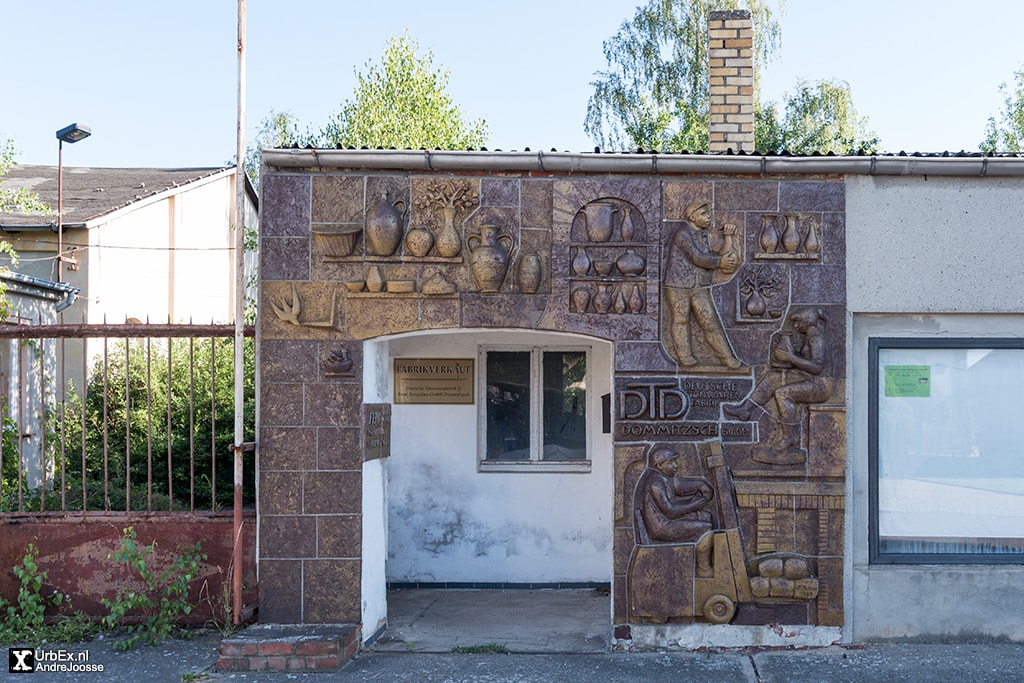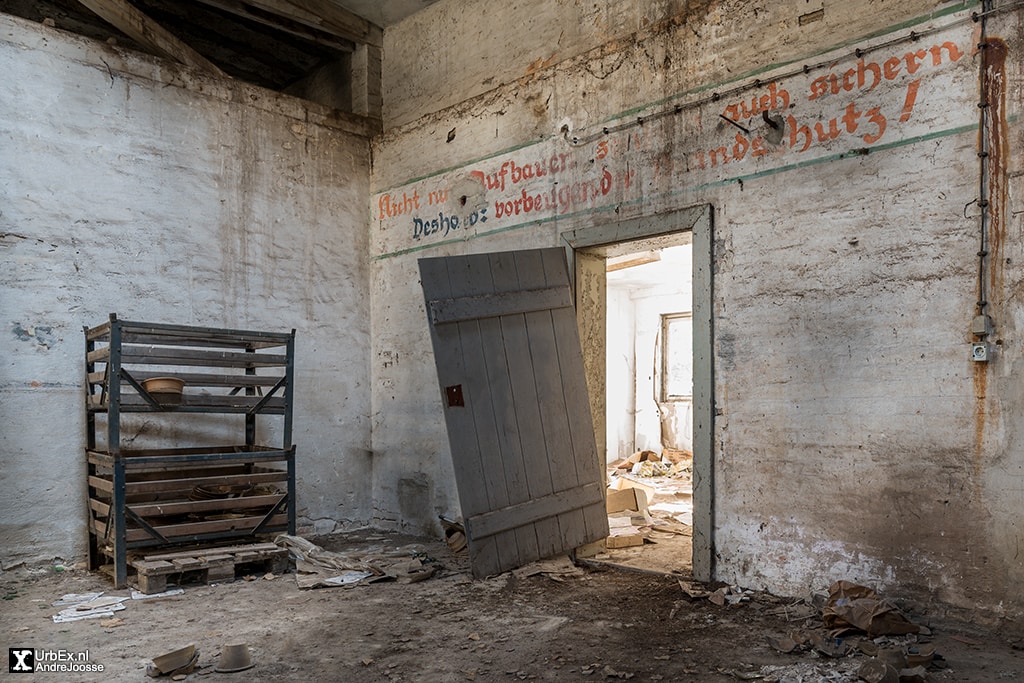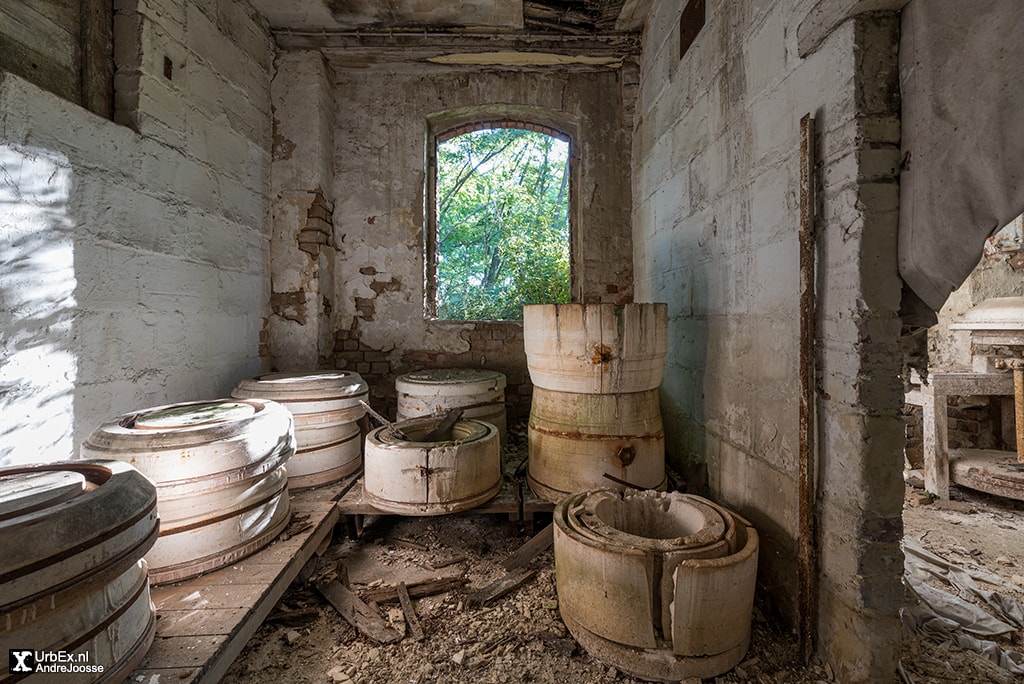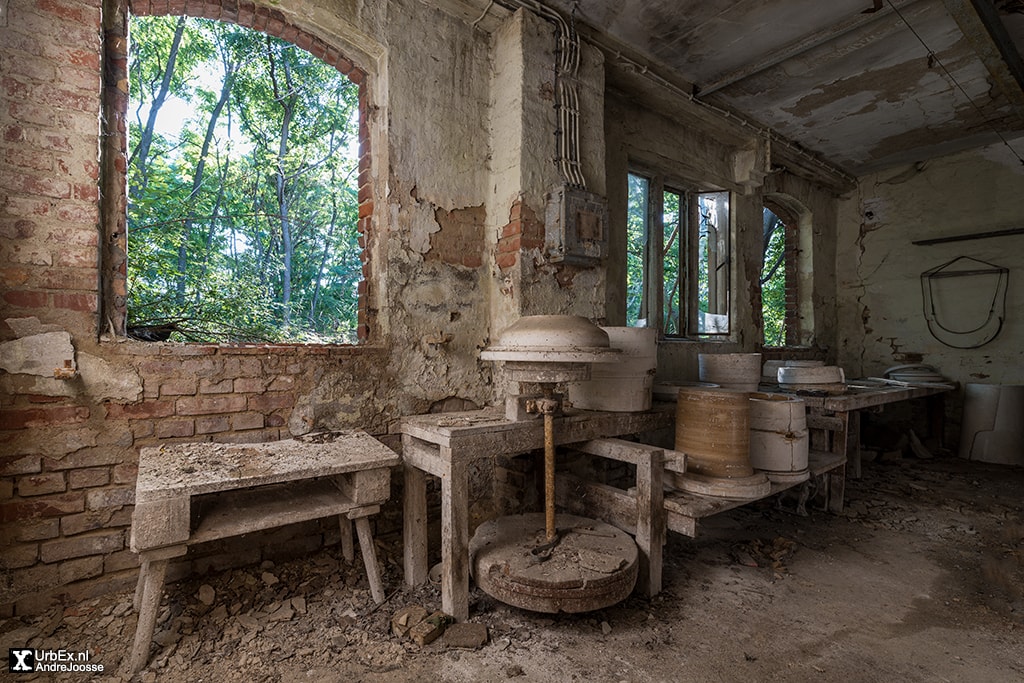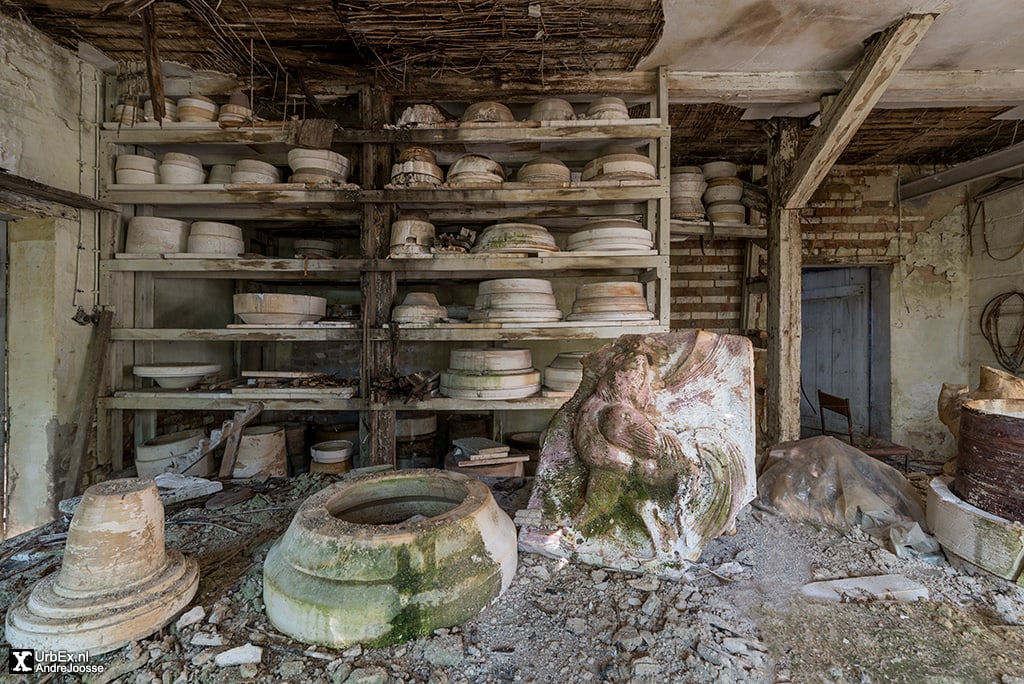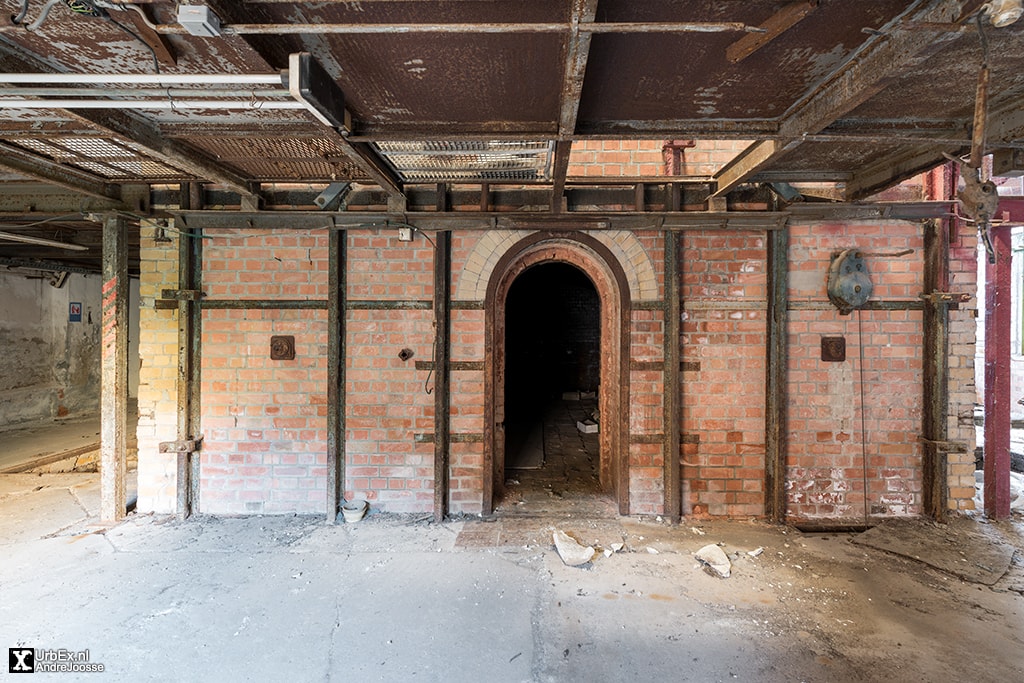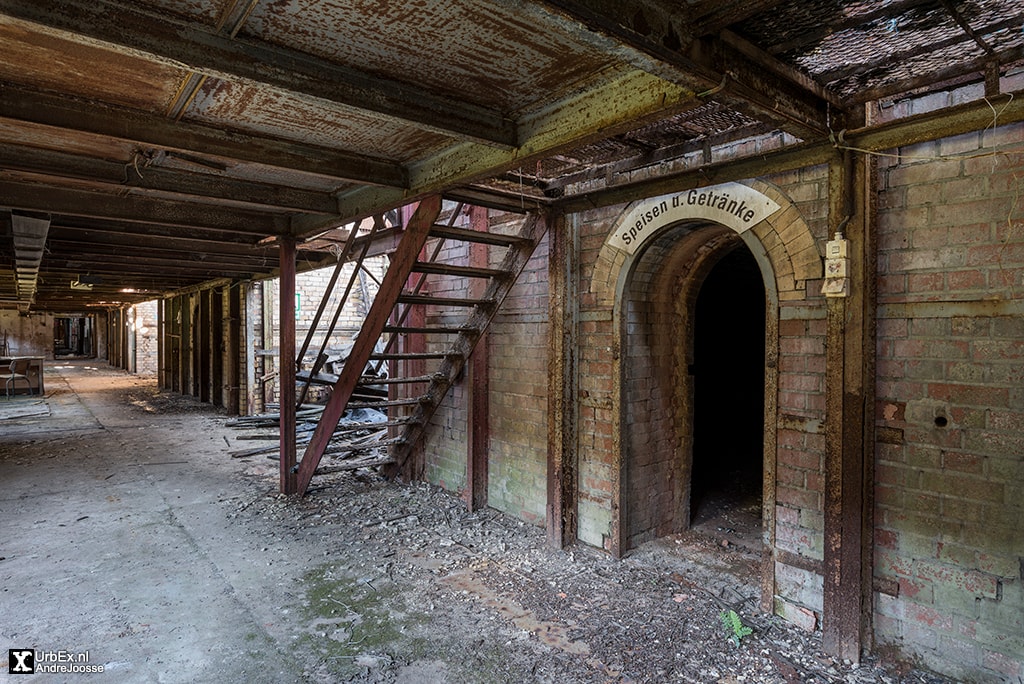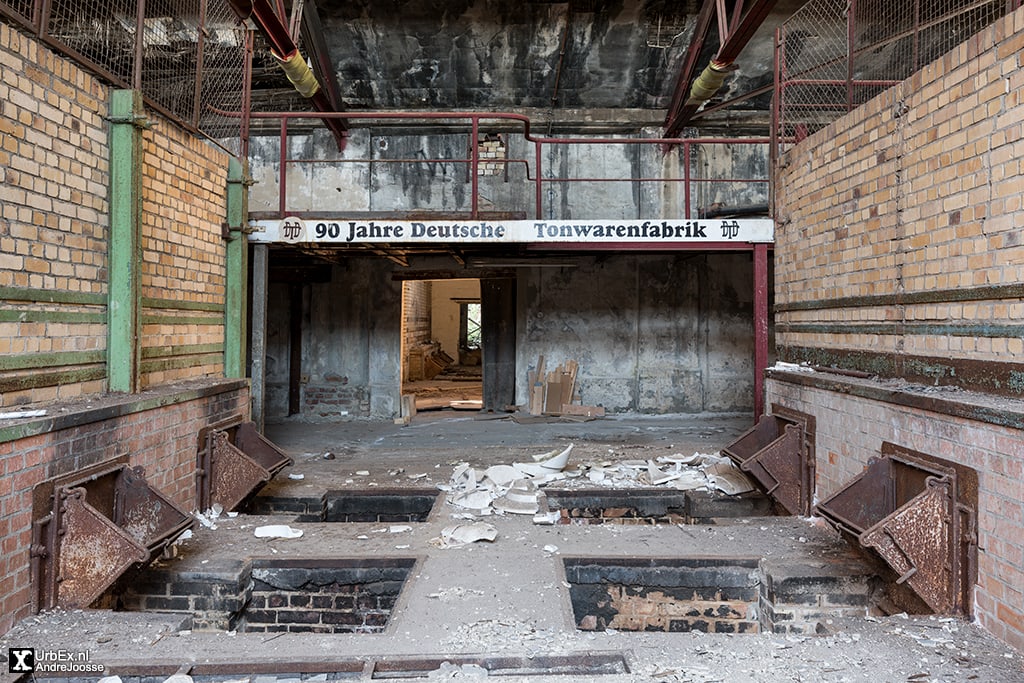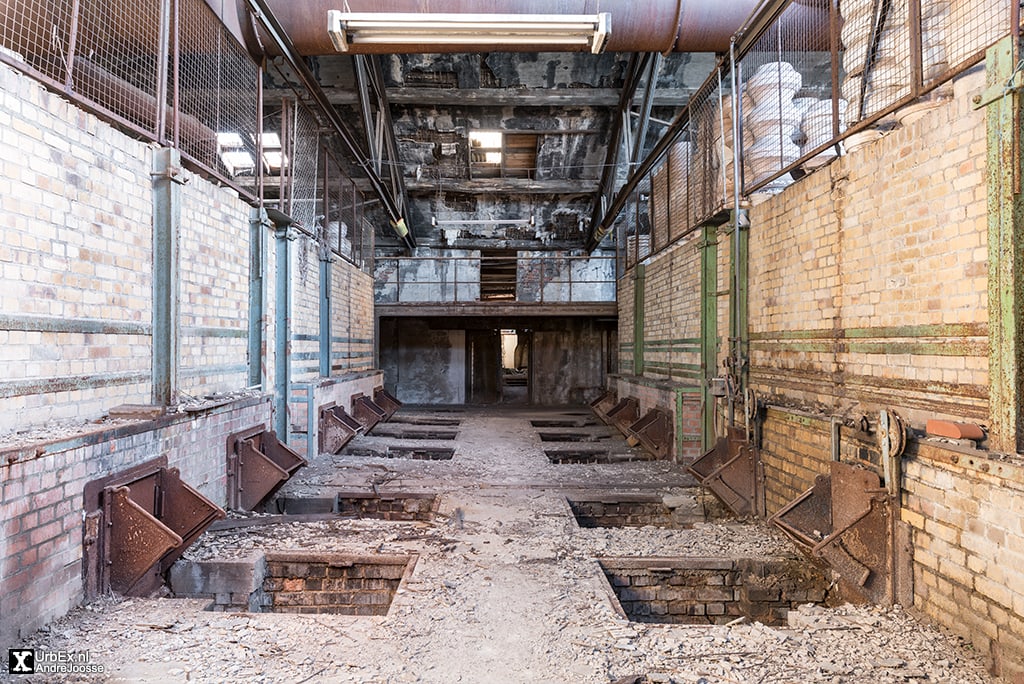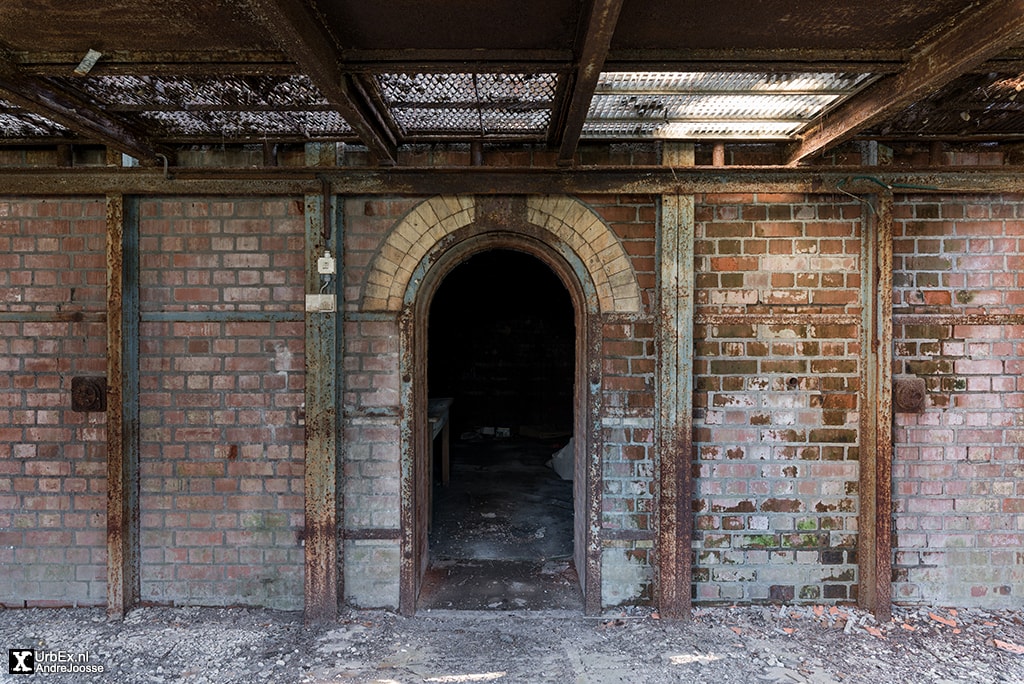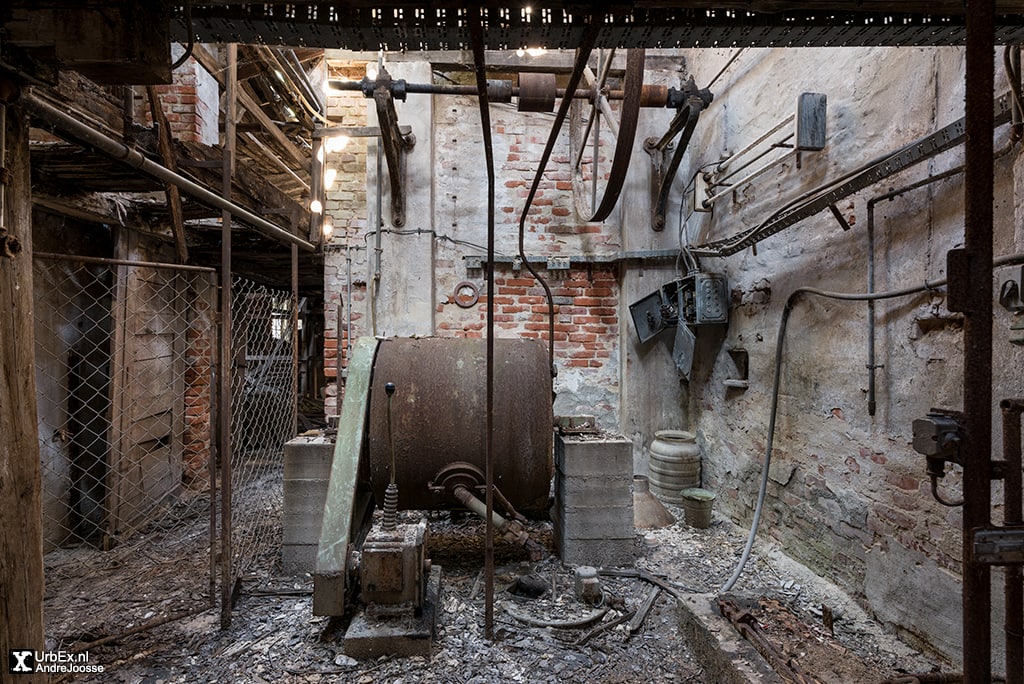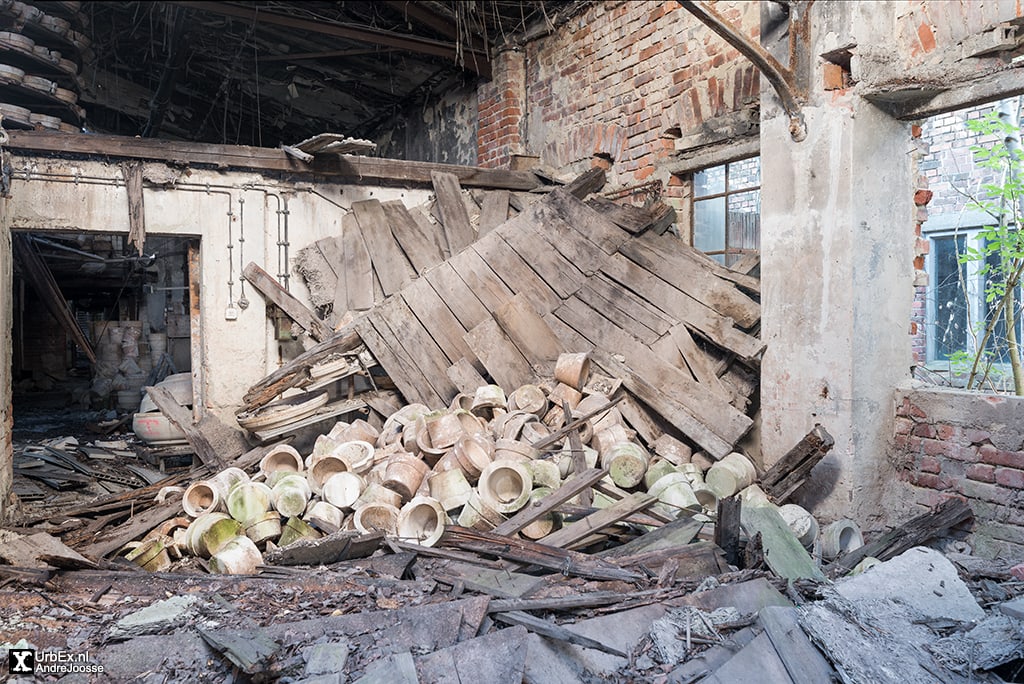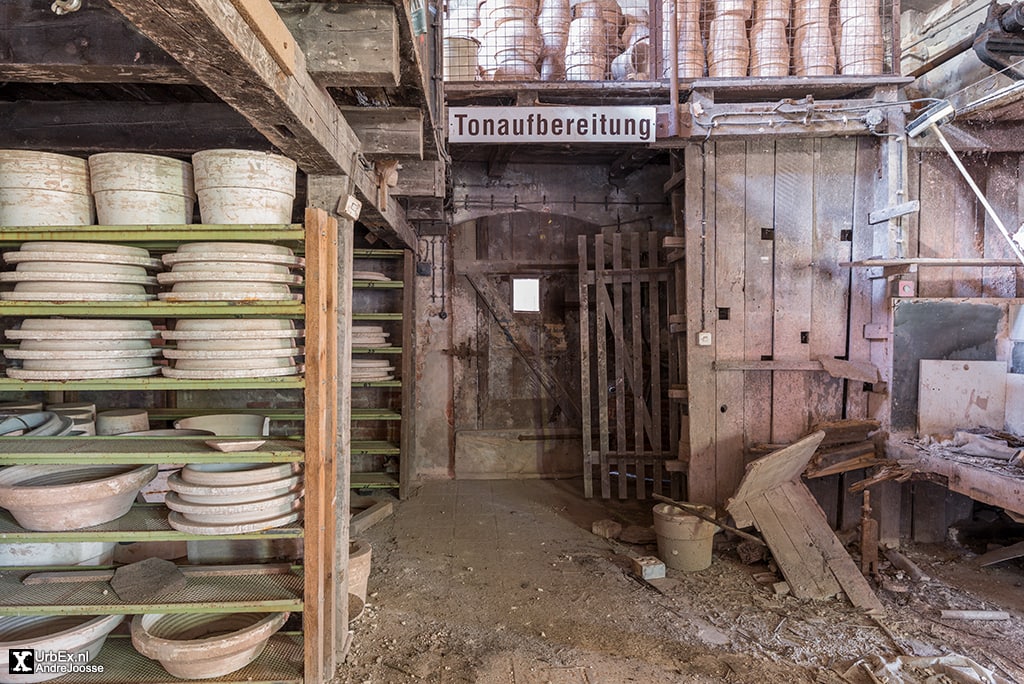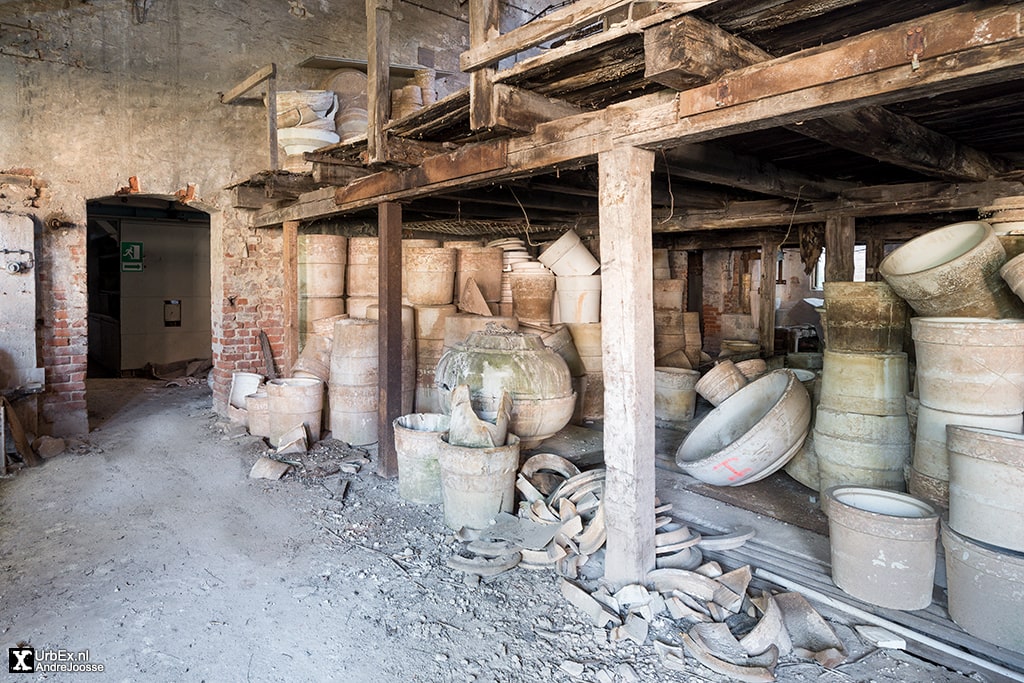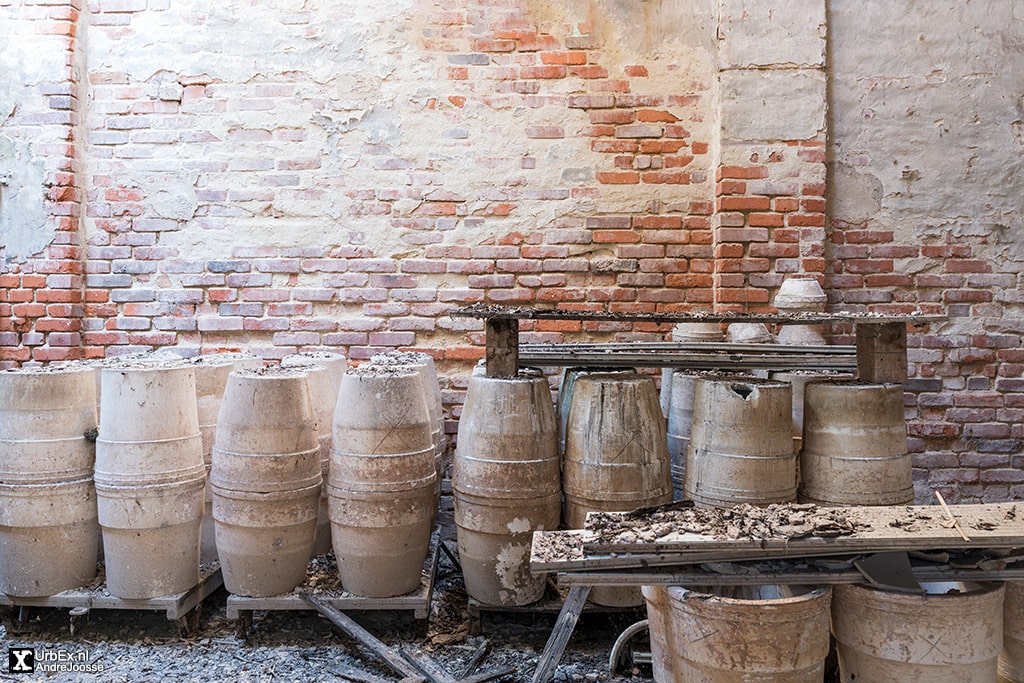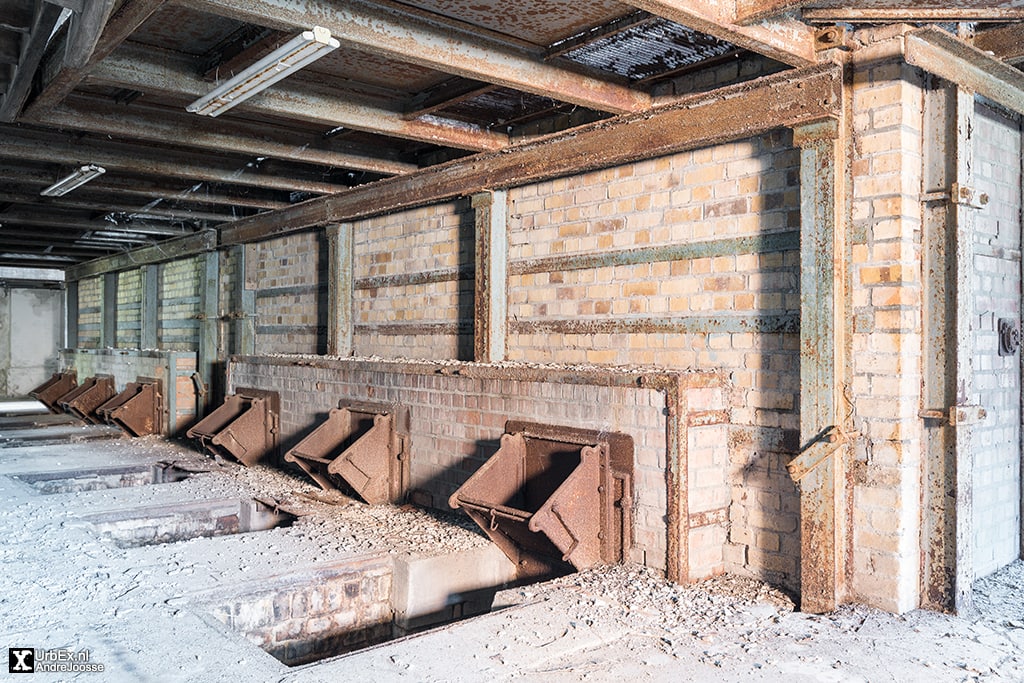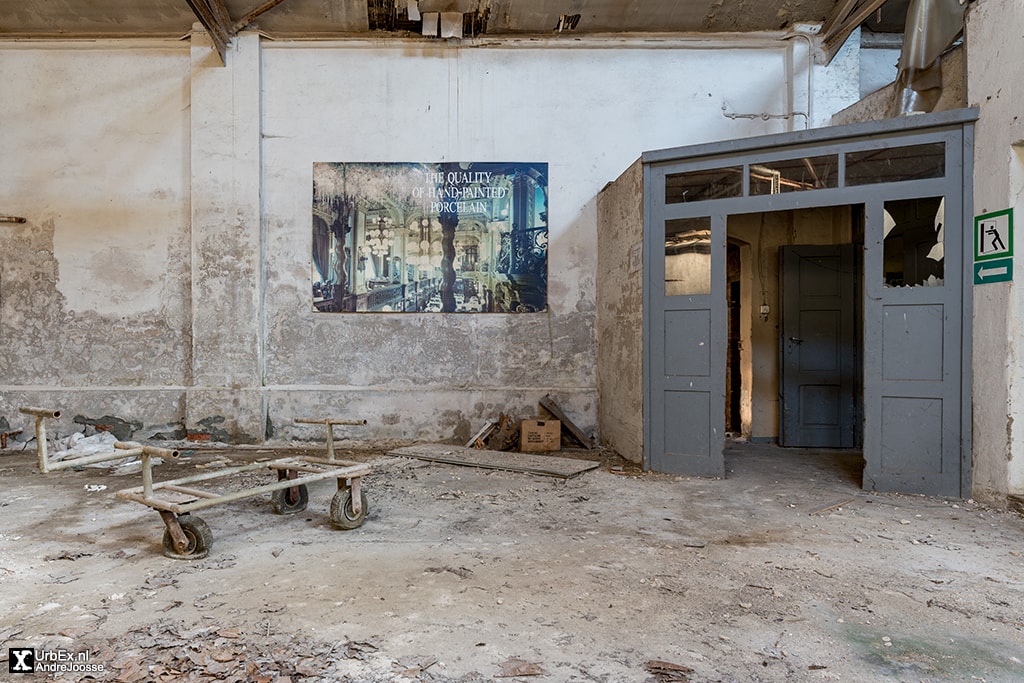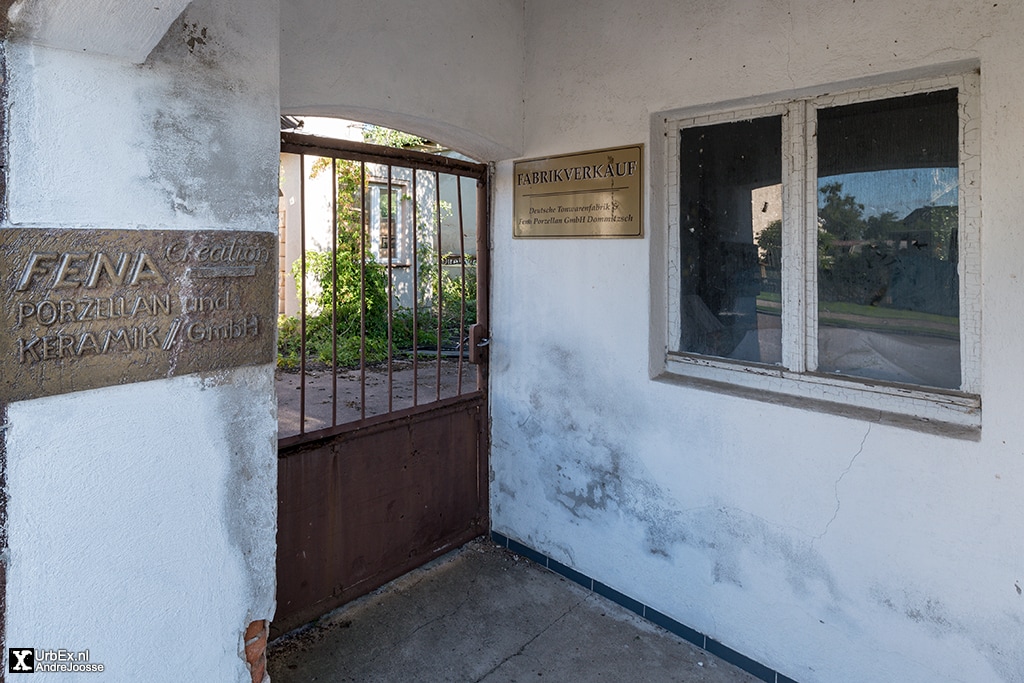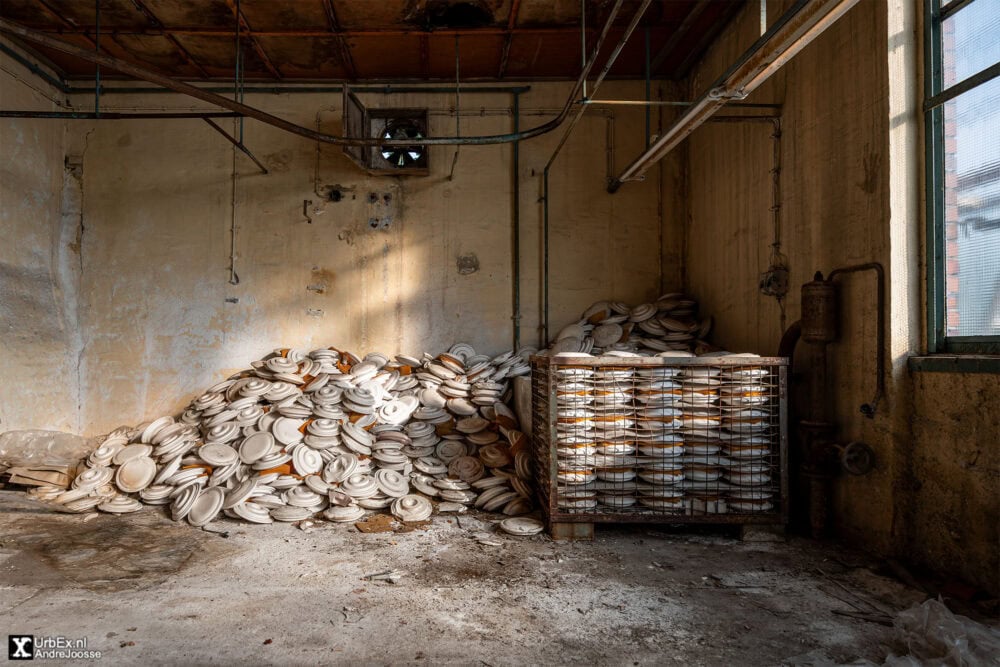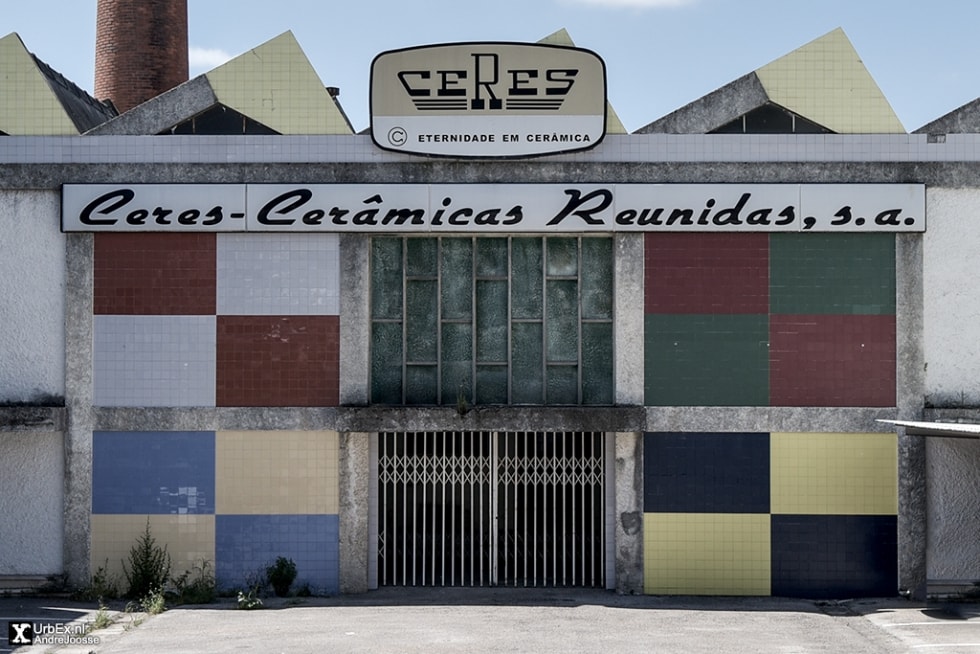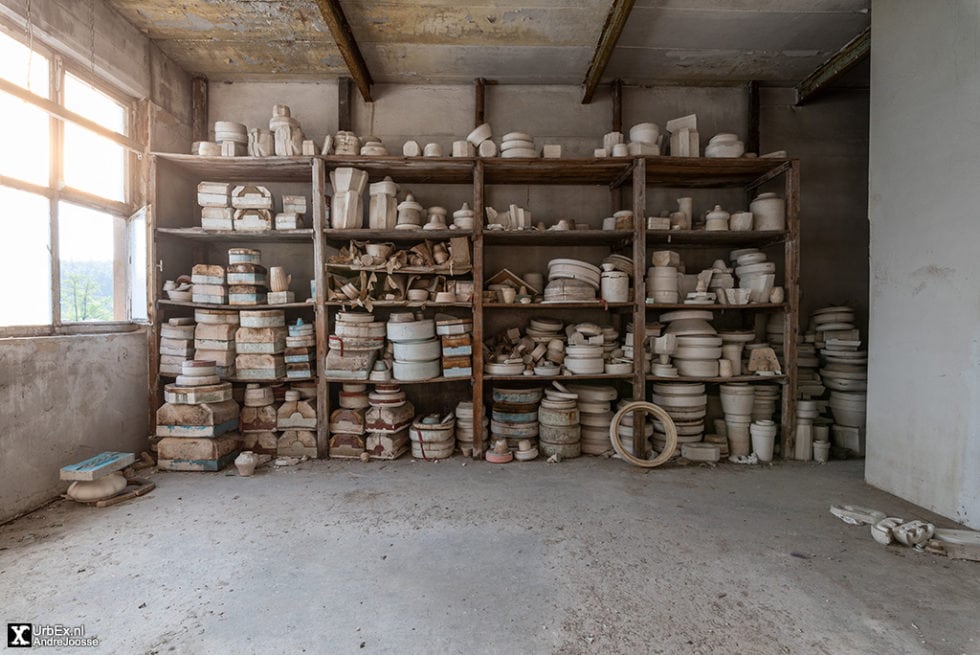Deutsche Tonwaren Fabrik
THE ABANDONED POTTERY IN GERMANY
This is the ‘Deutsche Tonwaren Fabrik‘ an abandoned pottery in Germany. The factory was built in 1909 and closed almost 90 years later in 1996. The factory is in a bad state today, but has all the original machinery and equipment still inside.
In the 19th century, as Europe emerged from the Franco-Prussian War of 1870, Germany’s economy surged. The boom prompted cities to modernize, installing water pipes and sewer systems. And hidden within the lush forests of the region lay a valuable resource: clay—the very material needed for crafting pipes. In 1873, the Thonrohrwerke company sprouted from this fertile ground. Its purpose? To shape clay into functional and beautiful forms. But the story didn’t end there.
Fast-forward to 1909. Entrepreneur Heckmann, hailing from Meißen, asked the city council to issue a building permit for a second pottery. Both the clay stores in the city forest and trained potters in the village, were likely to have been decisive for the location. Heckmann’s proposal gained traction, and in October of that year, a consortium of 10 partners pooled resources to construct the Deutsche Tonwaren Fabrik, or the German Earthenware Factory.
Decorative ceramics
Production at the new factory started in May 1910. The range of products manufactured was very diverse. The factory produced not only pots, bowls, cups and jugs, but also hot water bottles and coffee pots. In 1911 also terracottas and decorative ceramics were added to the product lining.
The upheaval of World War II disrupted production, but in 1946, the factory rose from the ashes. Enlarged and equipped with modern machinery, it thrived. Its wares traveled beyond borders—to Belgium, Denmark, and Poland. By 1951, the company employed 115 artisans.
Mergers and Challenges
In 1963, the factory merged with the ‘VEB Steingutwerk,’ uniting craftsmanship and innovation. Later, it joined forces with ‘FENA-Creation Porzellan und Keramik.’ But by 1996, sales woes led to bankruptcy. Only 10 employees remained—the echoes of a once-vibrant legacy.
In 1996 the company had to file for bankruptcy because of sales difficulties. The last year, the factory had only 10 employees left. The facility, with its traditional equipment, is now a rarity in the Saxon ceramic industry. After the Elbe flood in August 2002, areas of the property were used as auxiliary and material stores. But the buildings are in a bad state today.
Roofs have collapsed, and local youth have left their mark, but the spirit of craftsmanship endures. I visited the ‘Deutsche Tonwaren Fabrik’ in 2019. Follow this link for more abandoned potteries.
